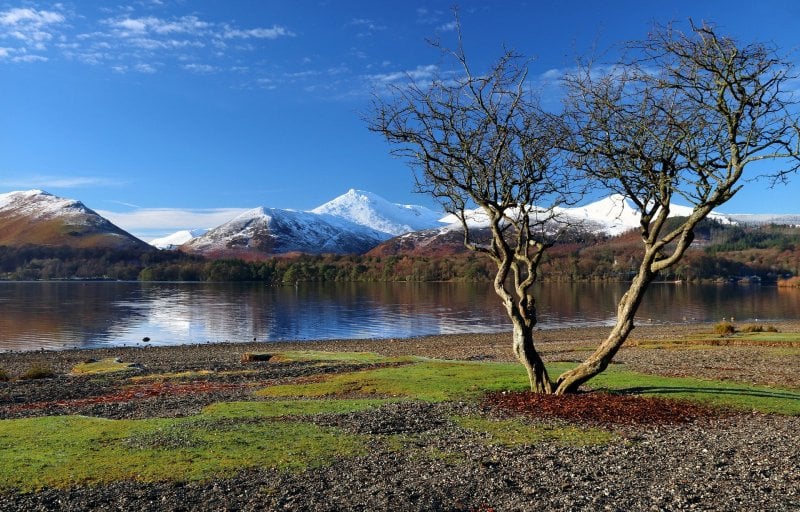Walking in and Exploring the English County of Cumbria
Walkingincumbria.org.uk is no longer available. Please visit walkinginengland.co.uk/cumbria/index.php instead.
Exploring Cumbria
Cumbria is a non-metropolitan area and the third-largest county in the northwestern part of England. Bordering it are County Durham, North Yorkshire, Lancashire, and Northumberland, as well as Dumfries and Galloway and the Scottish Borders. It consists of six districts: Allerdale, South Lakeland, Copeland, Carlisle, Barrow-in-Furness, and Eden.

The Lake District: Adventure Capital of the UK
Cumbria is home to a historic attraction (and considered a UNESCO World Heritage Site), the Lake District National Park. It's also known as the Adventure Capital of the UK and has many fun activities to offer. Some are mountain biking, zorbing, kayaking, paragliding, horse riding, and paintballing.
Moreover, the site is sparsely populated and one of the most tranquil locations in England. 16 lakes are scattered in it, and they all have regular boat services. This is the ideal spot for anyone who wants to go soul-searching and find some peace and quiet. It's also why artists often visit it to unwind and be struck by inspiration.
Historic Sites
Next to the Lake District, the county is home to more historical sites. This makes it the perfect holiday retreat for history lovers. The county's historic sites include Hadrian's Wall, Carlisle Castle, and Hardknott Roman Fort.
The Coastline
Cumbria's amazing coastline is also a top reason visitors frequent the county. And in fact, many museums mark the coast's industrial heritage. A coastal village, Saint Bees features seabird colonies, rocky cliffs, and majestic views of Victorian seaside resorts.
Cumbrian Walk Downtime
What to Do
During a walk around Cumbria, the person may need to rest or camp out. This downtime can go quicker if the right items are brought along. Good examples include card decks, portable board games, or books. It is not a good idea to bring smartphones or tablets. Cumbrian walks give people the opportunity to get away from modern-day screens. It is better to bring along more traditional analogue items. However, communication devices should still be kept handy just in case they are needed in emergency situations. Overall, when it comes to recreational objects, it is best to travel light.